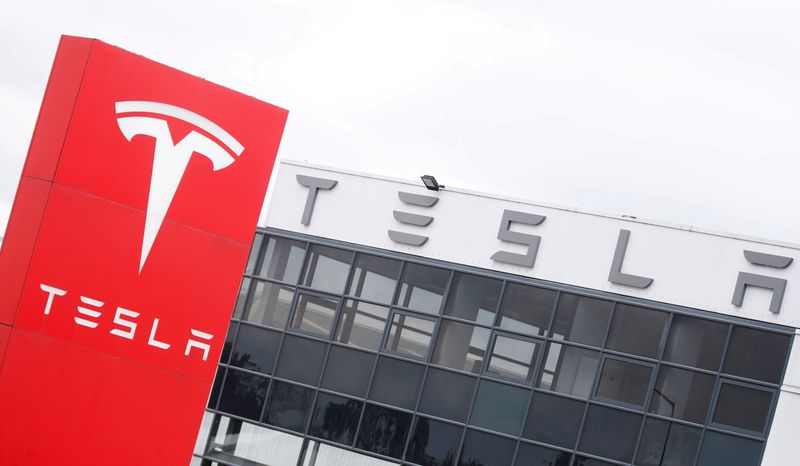The year 2024 keeps getting worse for Tesla (NASDAQ:TSLA) stock, with its year-to-date declines now expanding to 35%. The company’s share price took another hit on Monday following the announcement of its biggest-ever round of layoffs, sparking further concerns about the carmaker’s prospects among Wall Street analysts.
Tesla stock weakness explained
The latest sell-off in Tesla stock was triggered by reports that the company is planning to cut more than 10% of its workforce as the electric vehicle (EV) giant continues to grapple with weak demand and a string of company-specific headwinds weighing on investor sentiment.
On the same day, two key executives announced their decision to leave the company, including Senior Vice President Drew Baglino and Rohan Patel, Vice President of Public Policy and Business Development.
Wall Street is responding cautiously to the recent weakness in Tesla stock, with the latest downtown further exacerbating investor concerns regarding a potential slowdown in the demand for electric cars.
Earlier in the month, Tesla disclosed first-quarter delivery figures that fell significantly short of Wall Street expectations, marking the company's first year-over-year decline in quarterly sales since 2020.
"Inventory built up in 1Q and it appears that the primary driver of the softer delivery numbers was declining demand for electric vehicles across geographies, especially in North America, where EV sales volumes have been largely flat since the summer of 2023," Bank of America (NYSE:BAC) analysts said in a note last week, slashing the price target on TSLA from $280 to $220.
Adding to the negative sentiment, Reuters reported earlier in the month that the automaker has abandoned its plans for a long-anticipated affordable car, which investors had hoped would transform the company into a mass-market automaker.
Instead, the company plans to proceed with the development of self-driving robotaxis using the same small-vehicle platform, the report noted.
Tesla's abrupt pivot occurs amid intense global competition from Chinese EV makers offering cars as low as $10,000. The shift to driverless robotaxis could potentially introduce tougher engineering challenges and increased regulatory risks.
JPM sees ‘material downside’ risk for TSLA stock
Commenting on Tesla’s latest round of layoffs, the company’s largest ever, JPMorgan (NYSE:JPM) said in a Tuesday note that the move “should firmly dispel the notion that the firm’s earlier reported big 1Q delivery miss was somehow supply-driven rather than reflective of a demand problem.”
The EV giant attributed the big Q1 delivery miss partly to several disruptions in the supply chain, including Houthi attacks in the Red sea and the arson incident at the company’s Berlin Gigafactory, among other things.
However, JPMorgan said it gave “little credence to this explanation,” pointing out that Tesla began the quarter with an already high inventory level of approximately 111,000 vehicles, a significant increase from two years earlier.
They also note that during the quarter, Tesla added a record 47,000 vehicles to its inventory, exceeding the 34,000 added in the previous quarter, which led to drastic price cuts. As a result, Tesla ended the quarter with an unprecedented inventory of approximately 157,000 vehicles, further fueling the analysts' skepticism.
Looking beyond the first quarter, JPMorgan analysts believe the recent reductions in employment and capacity have “far-reaching implications for the hypergrowth narrative still embedded in Tesla’s share price, suggesting material downside risk for the stock.”
Tesla stock fell 2.2% in premarket trading Tuesday.
